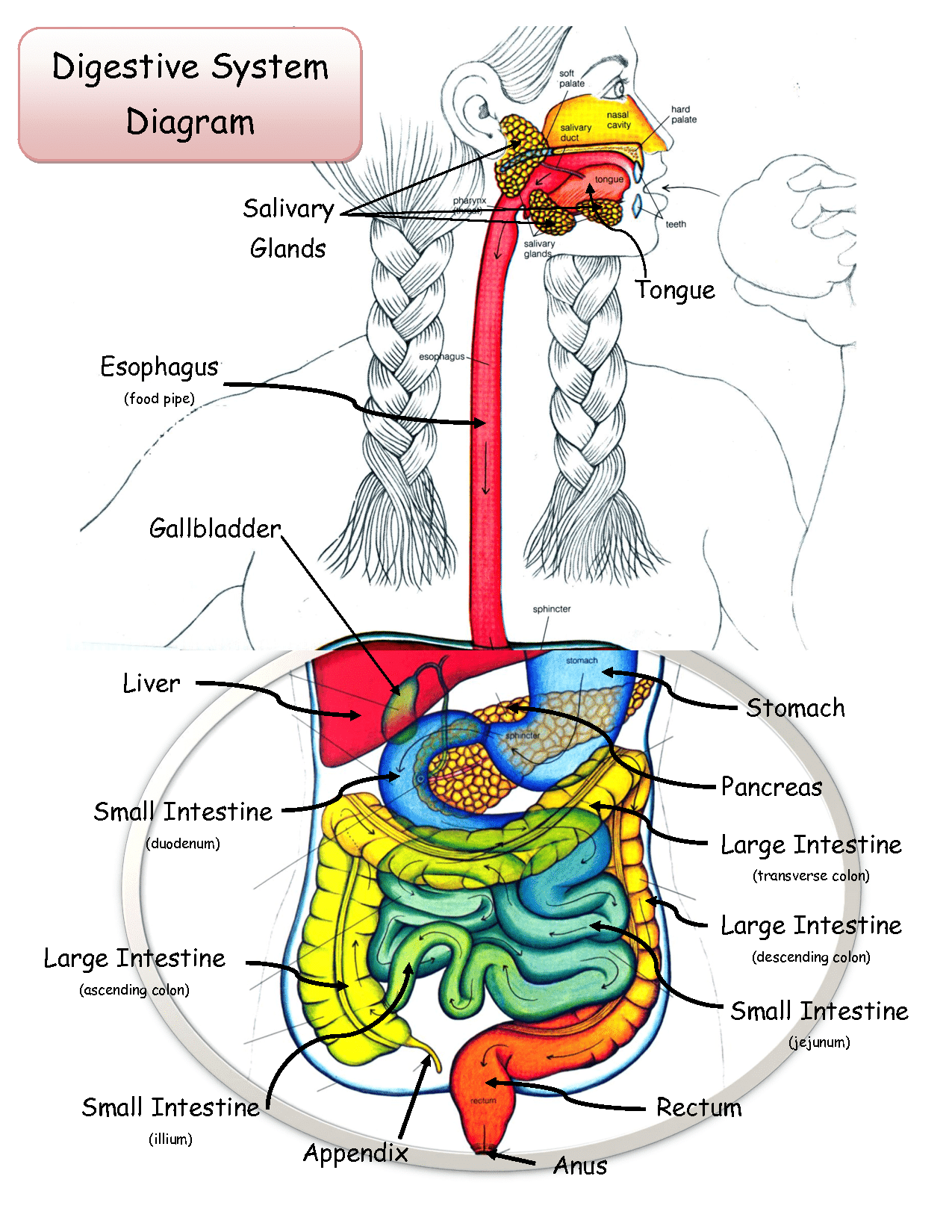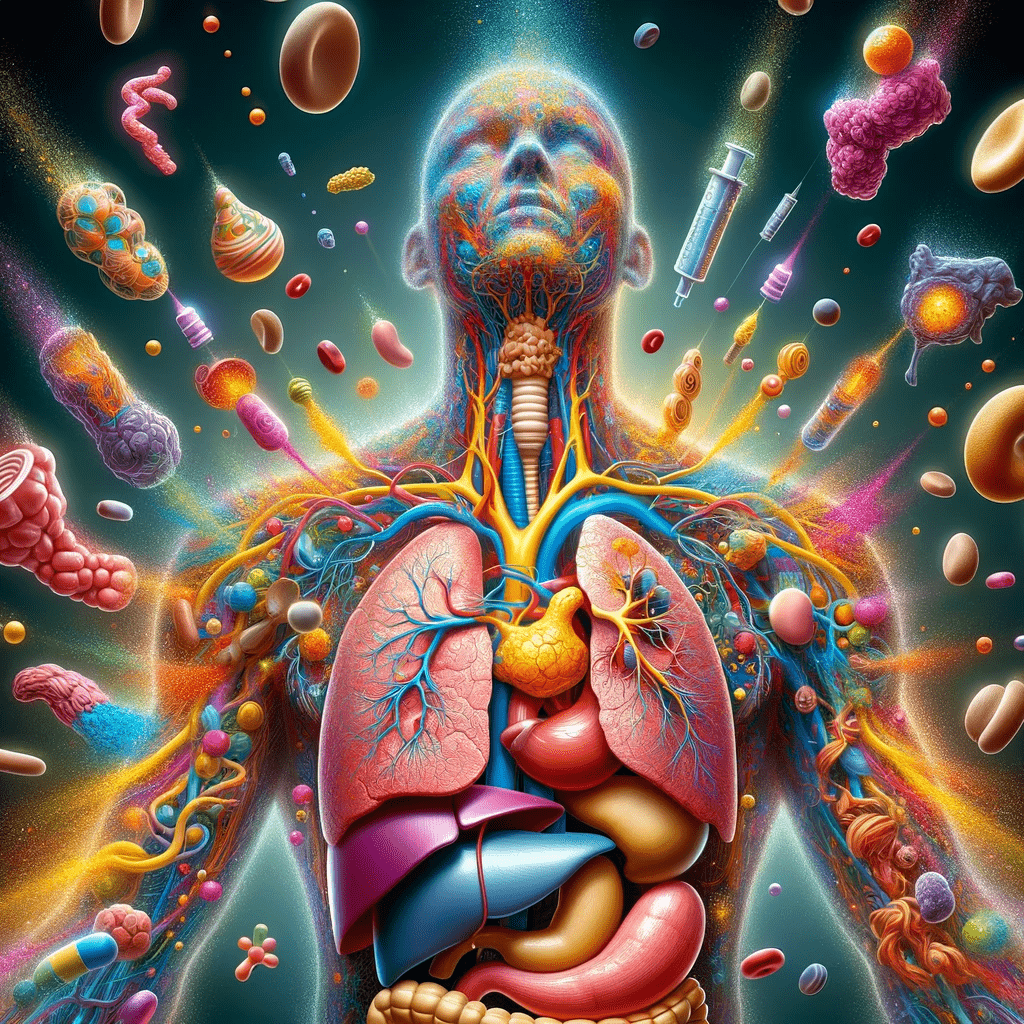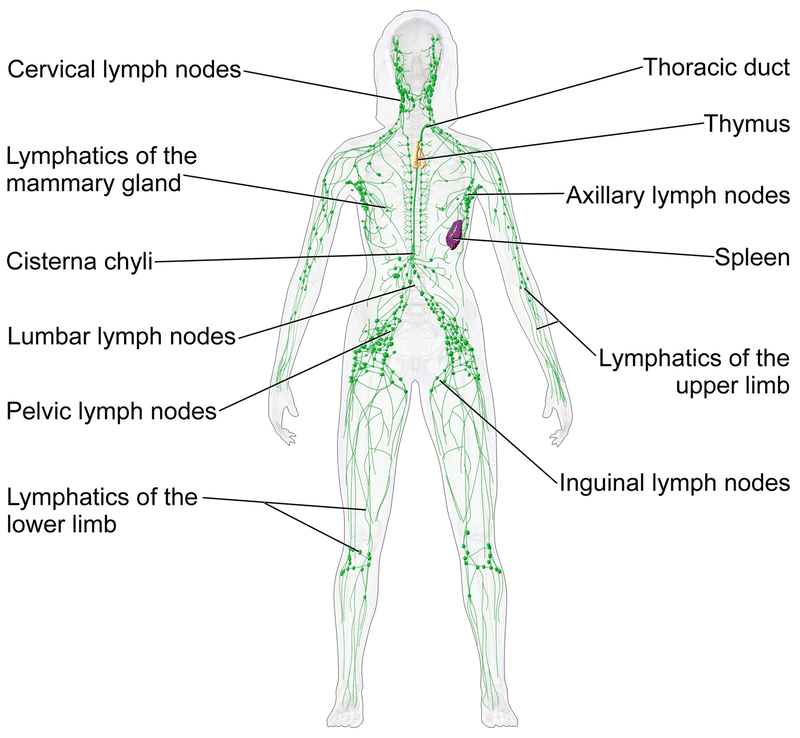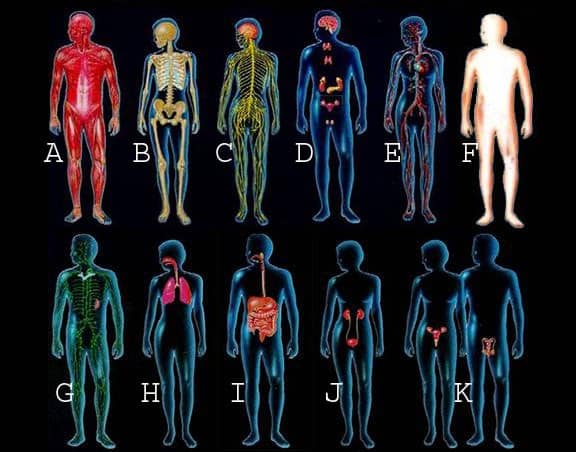Attention Deficit Disorder
My Way of Doing “Art”: ADD ADD and ADHD are the same thing, there is no meaningful difference in the classification, in case you thought there was. ADD (or add the H if you want to be outdated) is one of those hot topics in America that really doesn’t make sense to me. Giving children … Read more








